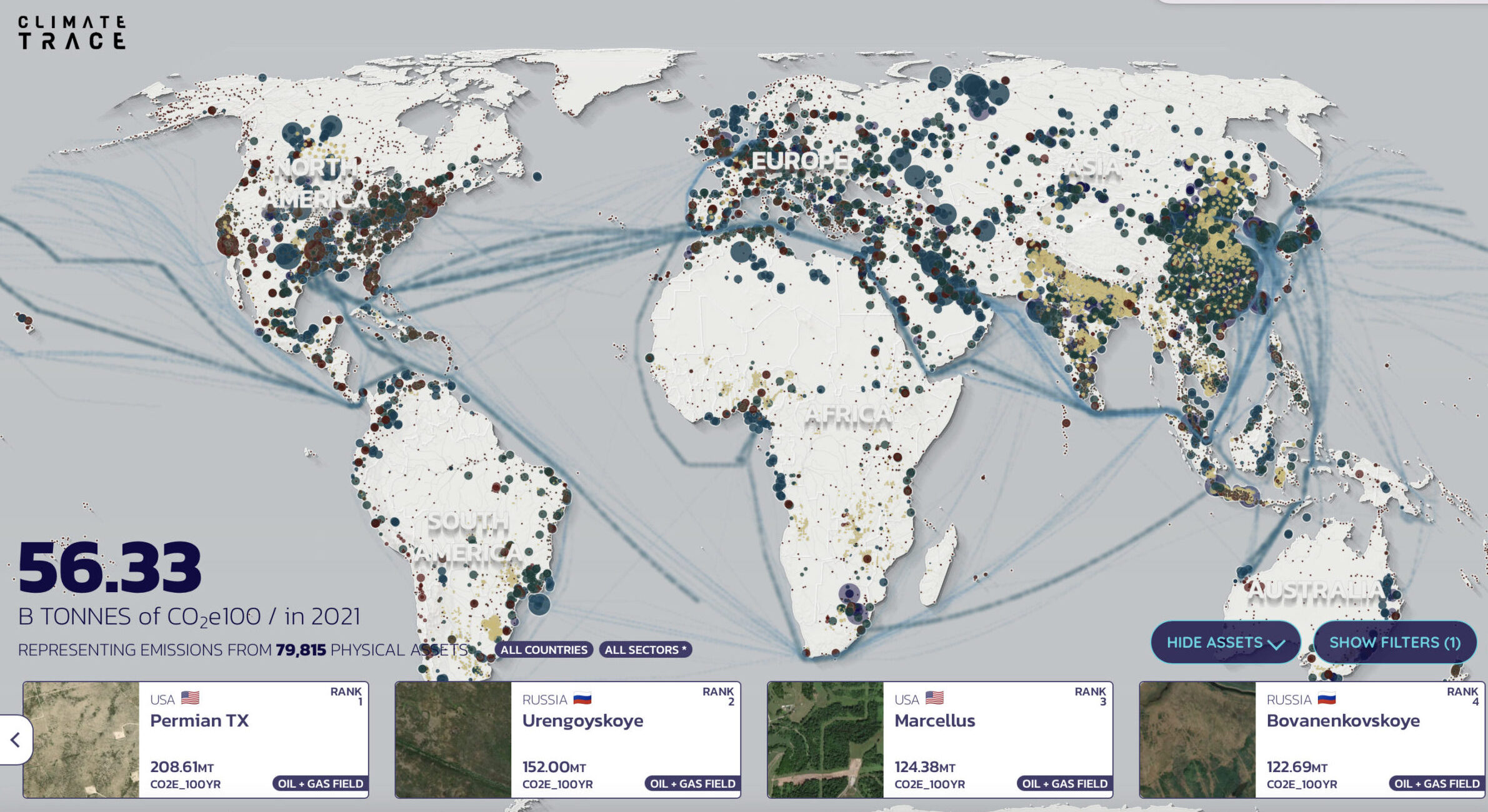What forces change? Both in people’s minds and actions? Is it education and reporting about our continuing bad behaviors, inaction and poor choices? Or something else?
Despite increasing costs, humanity’s desire for new shiny objects continues unabated. Many assumed that the “Fast Furniture” trend was only a side effect of COVID. But demand continues to rise, with just the e-commerce furniture market expected to grow from $21 billion in 2021 to upwards of $40 billion in 2030. Very little of this furniture gets recycled. The week before COP27, The New York Times reported that according to the EPA, Americans throw out an estimated 12 million tons of furniture each year “creating mountains of waste that have grown 450 % since 1960”. Toxic, non-recyclable materials are built into the design and supply chain of these products. Most consumers are completely unaware of these hidden costs. They just want a new table.
Does real change come from shifting consumer sentiment? Facing mounting pressure from consumers, the brands that have ramped up their sustainability commitments need immediate commercial scale solutions. Furniture giant Ikea has even vowed to become fully circular by 2030, using only recycled or renewable materials and creating zero waste. That’s a big commitment, but how the heck do they get there? ECOR is getting attention from many of these brands because of the unique circular solutions we can provide, not in the future, but today. ECOR material is perfect for furniture as it out-performs wood-based products and it’s ability to be recycled is built into the design.
Fast Furniture is perhaps the perfect example of what UN Secretary General Antonio Gutierrez had in mind during his comments at the opening of COP27 in Egypt when he declared “We are on the highway to climate hell with our feet still on the accelerator”. While this statement grabbed headlines, activists derided the entire COP27 exercise as “greenwashing”. Will this kind of rhetoric result in any consensus coming out of Egypt?
As global leaders in Egypt wrestle with how to pay to stay at 1.5 degrees, it is worth taking note of the factors that can actually cause change. Despite desperate appeals from activists and progressive leaders, it appears the on-going existential threat of “mass suicide” by inaction has not done so. More practical and immediate economic challenges have caused movement. For example, the energy crisis caused by the war in Ukraine and dependence on Russian natural gas is providing motivation for change in the EU. While recent images from Pakistan to Florida should provide a wake-up call, the parade of climate catastrophes may seem far away. The fear of a cold winter is Europe is forcing energy conservation measures and a dramatic increase the speed of investment in renewable energy. Ensuring energy security is less politically divisive than battling climate change.

